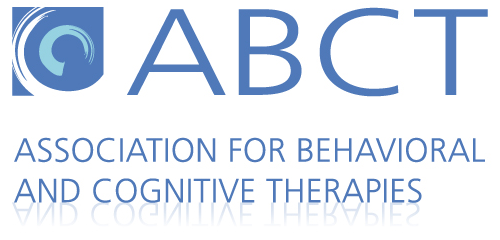Self-Injurious Thoughts & Behaviors
Created on August 5, 2017. Last updated on March 6th, 2024 at 04:54 pm
Take me to the effective therapies for self-injurious thoughts & behaviors
 Thoughts and behaviors about harming oneself are not common in childhood, but increase during the teenage years. They can cause big problems in a young person’s social, family, and school life.
Thoughts and behaviors about harming oneself are not common in childhood, but increase during the teenage years. They can cause big problems in a young person’s social, family, and school life.
Each year about 16 percent of teens in U.S. high schools will seriously consider suicide and 8 percent will attempt to kill themselves. Non-suicidal self-injury, or causing self-harm without wanting to die, is even more common among youth: around 18 percent of teens report engaging in these behaviors.
What are Self-Injurious Thoughts and Behaviors?
Self-injurious thoughts refer to thinking about hurting oneself. Self-injurious behaviors are actions that are harmful to oneself. Both can be suicidal or non-suicidal.
- Suicidal self-injurious thoughts (suicidal ideation) are thoughts about killing oneself and can include making suicide plans. Suicidal self-injurious behaviors (suicide attempts) are behaviors that are harmful to oneself and can lead to injury, (e.g., attempted overdose) in which a child or teen wants to die
- Non-suicidal self-injury (NSSI) refers to injuries cause by oneself but a child or adolescent has no wish to die. The most common forms are skin cutting, burning, scratching, and banging/hitting oneself. These NSSIs are often used to make oneself feel better or to stop feelings of sadness, anxiety, and anger.
Effective Therapies for Self-Injurious Thoughts and Behaviors
Effective therapies for these difficulties depend on the particular form of self-injurious thoughts and behaviors (SITB). For example, dialectical behavioral therapy for adolescents is currently the only intervention that has been shown to work well for individuals struggling with suicide ideation or deliberate self-harm.
The chart below includes more information on the different evidenced-based child and adolescent therapies for the various forms of SITB (as noted in the parentheses). These therapies have been tested and ranked by researchers and clinical child and adolescent psychologists, based on evidence that shows how effective they have been in the treatment of a particular SITB.
| Level One: Works Well |
|
| Level Two: Works |
|
| Level Three: Might Work |
|
| Level Four: Unknown/Untested |
|
| Level Five: Tested and Does Not Work |
|
To find out more about how these treatment levels are defined, click here.
Therapies and Terms Defined:
- CBT: cognitive behavioral therapy
- DBT – A: dialectical behavior therapy for adolescents
- IPT – A: interpersonal psychotherapy for adolescents
- DSH: deliberate self-harm
- NSSI: nonsuicidal self-injury
- SA: suicide attempt
- SI: suicide ideation
- SITB: self-injurious thoughts and behavior (suicidal and nonsuicidal)
Source(s):
Glenn, C.R., Esposito, E.C., Porter, A.C., & Robinson, D.J. (2019). Evidence base update of psychosocial treatments for self-injurious thoughts and behaviors in youth. Journal of Clinical Child and Adolescent Psychology, 48(3), 357-392. https://doi.org/10.1080/15374416.2019.1591281







